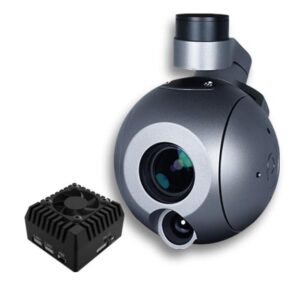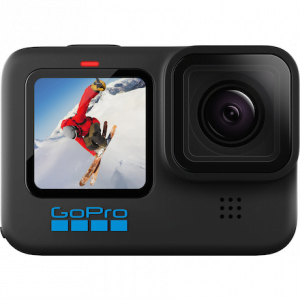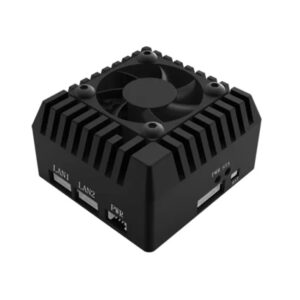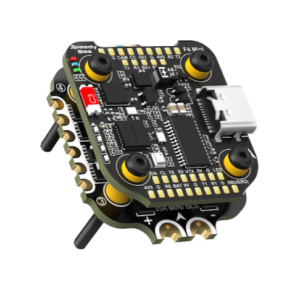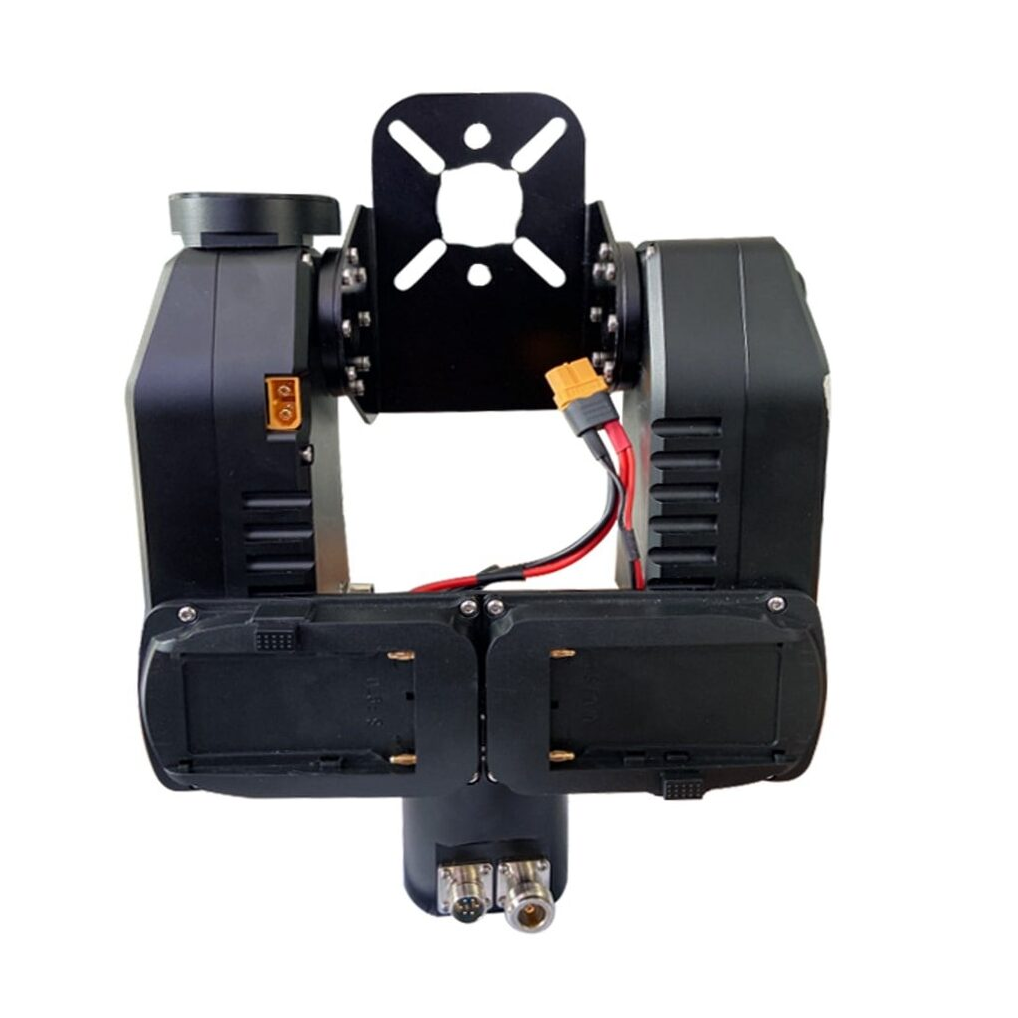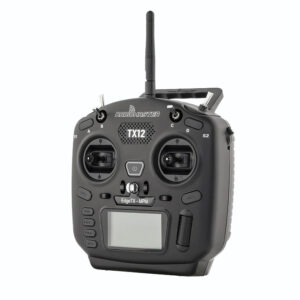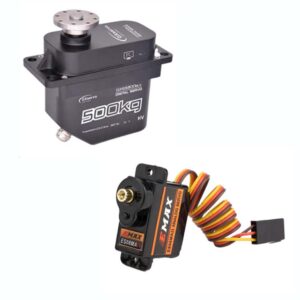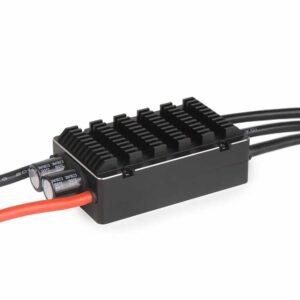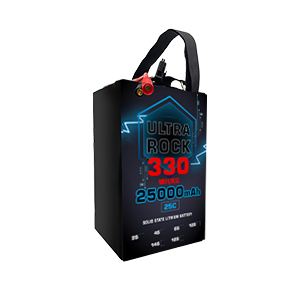How Drone Inertial Navigation Systems (INS) Maintain Accuracy Over Time?
On December 14, 2024

Drone’s Inertial Navigation Systems (INS) are incredible feats of engineering that guide everything from planes and drones to submarines and spacecraft. Unlike GPS, which relies on satellite signals, INS operates independently by using sensors to calculate a vehicle’s position, velocity, and orientation. But here’s the catch: while INS can operate without external signals, it’s prone to something called drift—a gradual accumulation of errors over time. So how does an INS maintain accuracy? Let’s break it down in a way that’s engaging, easy to understand, and (hopefully) inspiring enough for you to drop a comment below!
What Makes INS Special?
Before diving into the accuracy aspect, it’s worth understanding the magic behind an INS. An INS uses a set of sensors—accelerometers to measure movement and gyroscopes to track rotation. By starting from a known position, it calculates changes in movement and orientation to estimate where it’s going.
This independence from external inputs makes INS perfect for situations where GPS isn’t available, like underwater navigation, flying through tunnels, or even space exploration. However, this autonomy comes at a price: error drift. Tiny inaccuracies in sensor readings compound over time, causing the system to lose precision.

Why INS Accuracy Fades Over Time (Drift Problem)
Imagine trying to walk blindfolded in a straight line. You might start strong, but tiny deviations in your steps would slowly pull you off course. That’s essentially what happens with an INS. Despite being precise, its sensors aren’t perfect. Factors like temperature changes, sensor noise, and even vibrations can introduce small errors. Over time, these small errors accumulate, leading to drift, where the calculated position deviates from reality.
But here’s the exciting part: engineers and scientists have developed clever strategies to minimize drift and keep an INS accurate for longer. Let’s explore how they do it.
Techniques to Maintain Accuracy in Drone INS
1. Using High-Precision IMU Sensors
The first line of defense against drift is using high-quality sensors. INS relies on an Inertial Measurement Unit (IMU), which contains accelerometers and gyroscopes. These sensors need to be incredibly precise to minimize errors.
- High-End IMUs: Advanced IMUs, like those used in aerospace and defense, have lower bias and noise, making them far more accurate than consumer-grade versions.
- Temperature Compensation: Sensors are affected by temperature fluctuations, so high-quality IMUs often include mechanisms to correct for these changes in real time.
While high-quality sensors can reduce drift, they’re not enough on their own. That’s where smart algorithms come into play.
2. Calibration to Correct Bias and Alignment
Calibration is like stretching before a workout—it ensures everything is aligned and ready to perform. When an INS starts up, it’s calibrated to correct for biases and alignment errors.
- Sensor Bias Correction: Over time, sensors develop a small bias—a consistent error in measurement. Calibration helps account for this.
- Alignment Check: Ensuring the IMU’s axes are perfectly aligned with the vehicle’s reference frame reduces systematic errors.
Regular calibration is essential, especially for systems that experience frequent environmental changes or vibrations.
3. Real-Time Error Modeling and Correction
No sensor is perfect, but error modeling can predict and compensate for imperfections. By understanding how a sensor typically behaves under certain conditions, the INS can correct its calculations on the fly.
- Bias Drift Modeling: By measuring how sensor bias changes over time, the system can anticipate and adjust for drift.
- Random Walk Compensation: Algorithms help smooth out the random noise that can creep into sensor readings.
Error modeling is a continuous process, where the system “learns” and corrects itself in real time.
4. Kalman Filtering and Advanced Algorithms
When you hear “algorithm,” think of it as a digital coach guiding the INS toward accuracy. Some of the most effective techniques include:
- Kalman Filtering: This statistical method combines sensor data with predictions to estimate the system’s current state. By continuously comparing predictions to actual readings, it minimizes errors.
- Zero Velocity Updates (ZUPT): In some systems, the INS can detect when the vehicle stops moving. By resetting velocity measurements to zero during these moments, it significantly reduces drift.
5. Sensor Fusion with GPS, Vision, and LiDAR
INS doesn’t have to work alone. By combining its data with other sensors, it can maintain accuracy over longer periods.
- GPS Integration: When available, GPS provides absolute positional data to correct INS drift. This is why most modern systems combine INS with GPS for robust navigation.
- Vision Systems: Cameras can track landmarks to provide additional positional references.
- Lidar and Radar: These sensors create detailed maps of the environment, which the INS can use for cross-referencing.
Sensor fusion essentially lets the INS lean on its “friends” for better performance.

6. External Aids: Maps and Magnetic Fields
Even when GPS isn’t an option, the INS can use pre-existing data to stay accurate.
- Geomagnetic Mapping: By comparing local magnetic field readings to known maps, the INS can adjust its position.
- Preloaded Maps: For drones or vehicles operating in a mapped area, the INS can use map data to recalibrate its position.
7. Redundancy and Backups
In critical systems, redundancy is the name of the game. By using multiple IMUs or additional navigation aids, an INS can cross-check its data and detect errors.
- Multi-IMU Setups: Having more than one IMU allows the system to compare readings and filter out anomalies.
- Backup Systems: Other navigation systems, like star trackers or radio beacons, can step in if the INS drifts too far.
8. Emerging Technologies: The Future of INS
As technology evolves, new methods are making INS more accurate than ever:
- Quantum Sensors: These next-gen sensors are incredibly precise and promise to reduce drift to near-zero levels.
- AI and Machine Learning: Artificial intelligence helps INS adapt to changing conditions, improving error correction and prediction.
These advancements are paving the way for INS systems that can operate independently for extended periods without significant drift.
Overview Table: INS Accuracy Maintenance
Method | Description | How It Helps | Examples |
Precision Sensors | High-quality IMUs with low noise and bias. | Reduces initial drift and error accumulation. | Aerospace-grade sensors. |
Calibration | Correcting for bias and alignment errors. | Ensures accuracy from the start. | Alignment during initialization. |
Error Modeling | Predicting and correcting sensor errors. | Compensates for sensor imperfections. | Bias drift modeling. |
Advanced Algorithms | Techniques like Kalman filters. | Minimizes real-time errors and smoothens drift. | Resetting velocity during pauses. |
Sensor Fusion | Integrating data from GPS, vision, or lidar. | Provides additional accuracy and redundancy. | GPS-INS hybrid systems. |
External Aids | Using maps or magnetic fields for recalibration. | Offers positional updates in GPS-denied areas. | Geomagnetic mapping. |
Redundancy | Multiple IMUs or navigation systems. | Cross-checks data for higher reliability. | Multi-IMU setups in critical systems. |
Emerging Technologies | Quantum sensors and AI-powered corrections. | Dramatically improves long-term accuracy. | Quantum gyroscopes. |
Final Thoughts: Let’s Hear From You!
So, how does an INS maintain accuracy over time? The short answer: through a mix of precision sensors, clever algorithms, and teamwork with other systems. But the real beauty lies in the innovative ways scientists are tackling the challenges of drift and error.
Now, it’s your turn! What are your thoughts on the future of INS technology? Do you think quantum sensors or AI will eliminate drift entirely? Have you seen INS in action, or do you have insights into how it could be improved? Let’s discuss in the comments below!










